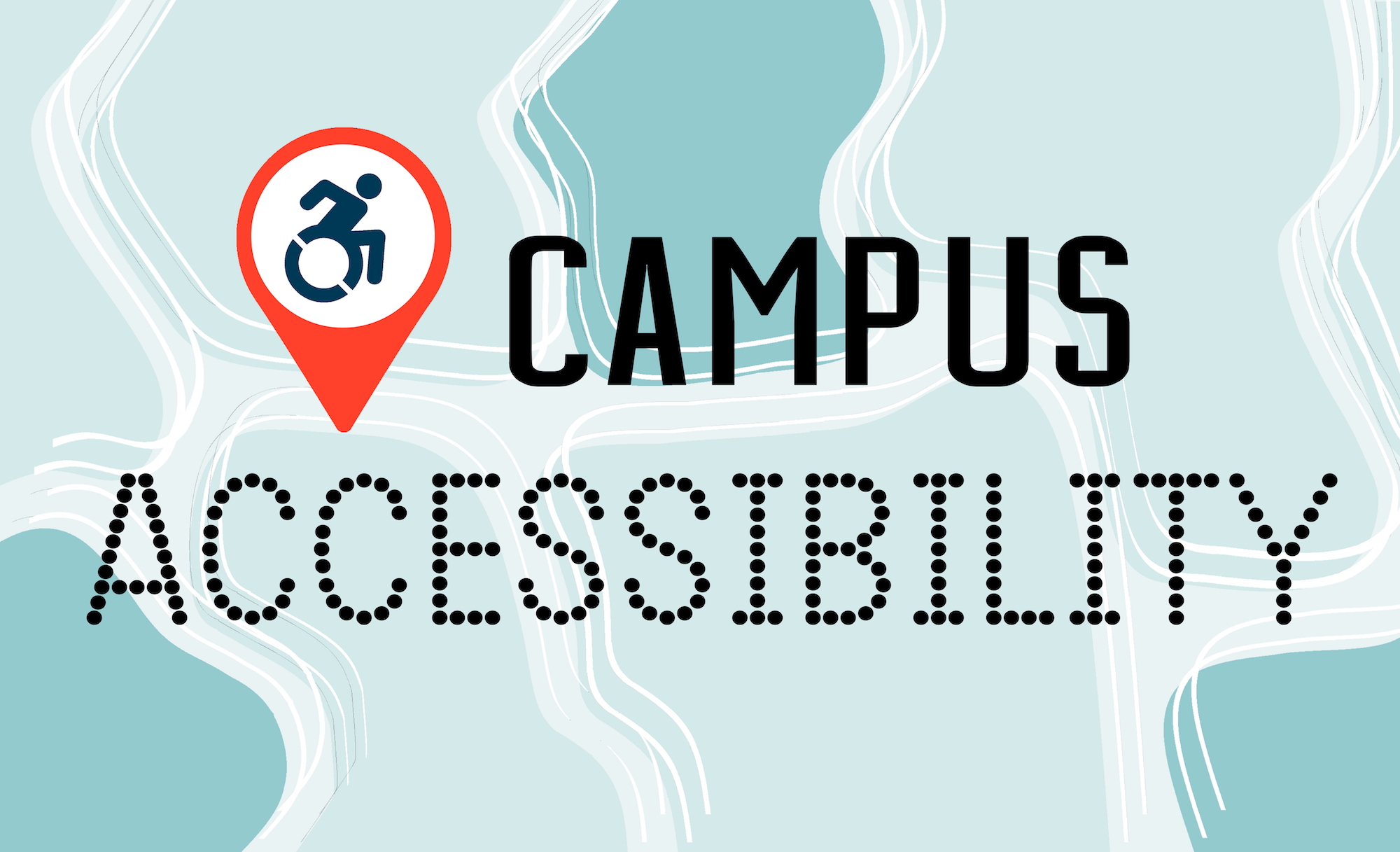by Staff Writers Anya Agarwal, Larry Shi & Alina Zeng
Students who have physical disabilities are often in need of accessible infrastructure within MSJ.
Even when some injuries are only temporary, it is important that school infrastructure doesn’t hinder students’ ability to traverse the campus. Those reliant on crutches, wheelchairs, and the help of the Campus Supervisors and other staff also rely on the accessible facilities throughout the campus in order to get around.
Despite no future plans for further development to the campus, current accessibility guidelines have helped students navigate MSJ throughout the school day with relative ease.
MSJ was originally built as a junior college in the 1960s. However, the geography of the school had many slopes and uneven ground, making it necessary to build various stairways around the school. Ramps were built over time to provide for the needs of students with disabilities and meet the Americans with Disabilities Act of 1990 (ADA)’s modern standards of accessibility.
The ADA is a civil rights law that prevents discrimination against individuals with disabilities in any public area. Schools, as public facilities, are required to be physically accessible to those with disabilities as this is the law. After the original law was passed, MSJ, alongside schools across the nation, adapted in accordance with the law’s standards.
Outlined below are all wheelchair-accessible paths on campus. Click on the flashing circles for more information about our campus’s facilities!
To print, click here.
Future Accessibility Facilities
All buildings at MSJ meet ADA standards of accessibility; however, some students and faculty members still face challenges getting around campus. “Personally, my fifth period and sixth period classes were on opposite corners of the school, so I would always be late to sixth period,” Sophomore Yamuna Rao, who had an avulsion in 2019, said. Students who are unable to use stairs would benefit from additional ramps placed more conveniently. “I think adding a [few] more ramps will help, … especially … next to the big staircase near the library,” Junior Jun-Ho Lee, who had an ACL tear in 2018, said.
All future buildings or rooms constructed at MSJ would be required to meet ADA standards. “We are looking at all campus access issues and developing a plan to address them when we receive appropriate funding to tackle major problems. But in the meantime, we will work to ensure that access is available to students and staff if there is a disability identified,” Director of Facilities and Construction Kelle Lynch McMahon said.
The student community also plays a vital part in increasing campus accessibility for students with disabilities. Operating wheelchairs or crutches can be challenging with crowds of students circulating around during passing periods. “I think there should just be awareness among the students to clear the way for someone who is injured,” Sophomore An Thai, who sprained her ankle earlier this year, said.
Graphic by News Editor Sabrina Wu


Be the first to comment on "Inclusion for All: Accessible Infrastructure"